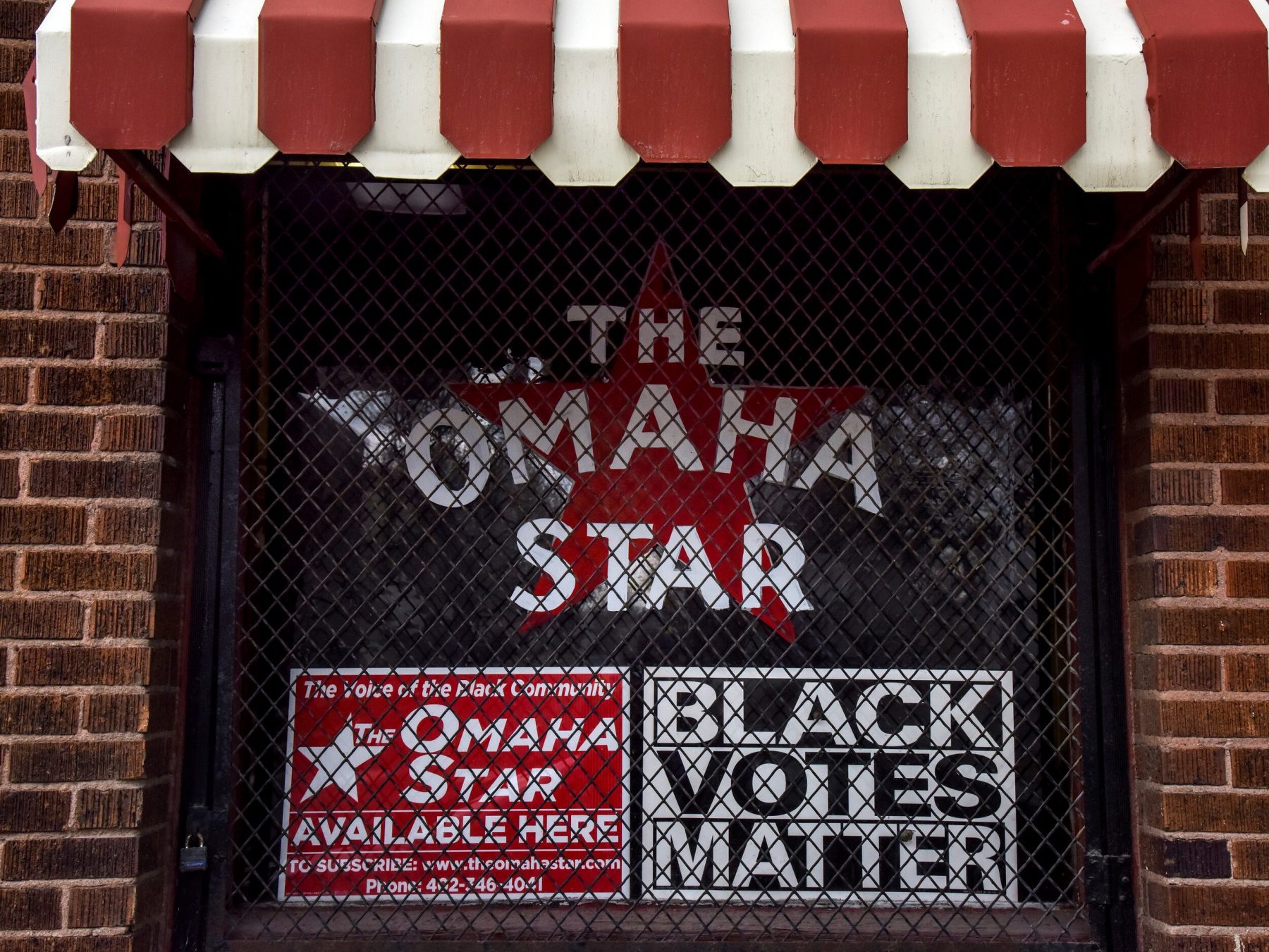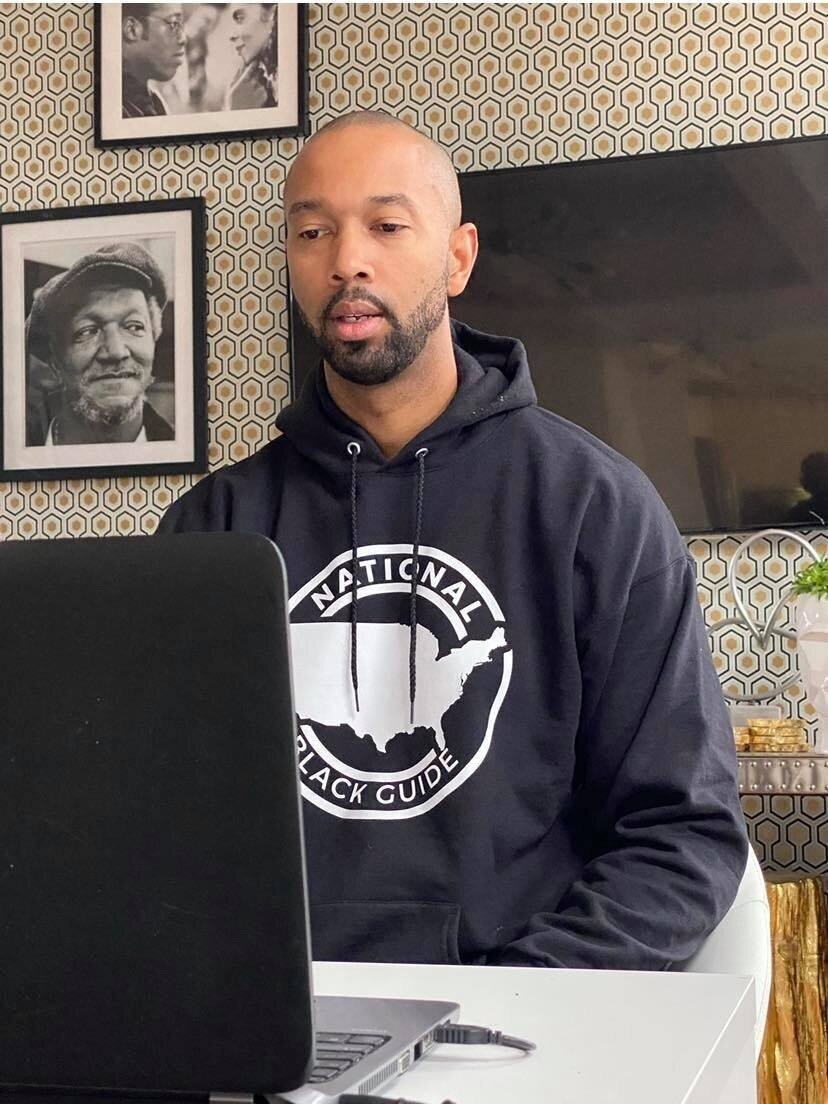
The Savannah Tribune has never missed a week of publication, not when it lost most of its archives in a 2006 fire and not when its publisher, Shirley James, got Covid-19 last spring.
The Jackson Advocate, a newspaper based in Mississippi, runs just as consistent an operation. Even after two Ku Klux Klan members firebombed the newspaper offices in 1998 and destroyed most of its records, the paper’s small staff still churned out its next edition on time.
“We never really recovered all the way,” DeAnna Tisdale Johnson, the publisher and editor-in-chief of The Jackson Advocate, said of the attack, adding that the newspaper had to cut their staff significantly afterwards. “But we never went a week without publication.”
That these Black newspapers have remained pillars of journalism amid various challenges is a testament to their staff’s commitment to the communities they serve. According to the 1999 PBS documentary “The Black Press: Soldiers Without Swords,” African American newspapers have traditionally been “among the strongest institutions in Black America,” starting with the Freedom’s Journal, which published its first issue in 1827. Despite racist attacks on their newsrooms and reporters, the Black press has provided a vital space for the stories and issues that predominantly white newsrooms either missed, ignored, or misrepresented.
But as the pandemic has decimated businesses of all sectors across the country, the journalism industry was no exception. Some newspapers cut the number of print days, while others furloughed and terminated a significant portion of their staff. More than 70 local newsrooms have closed since last March. Though the Black press has remained resilient, emerging as a vital provider of public health information, it hasn’t been immune from the economic challenges facing print outlets. Yet publishers of these Black newspapers — which are often family-owned — also maintain the pandemic has provided an opportunity for them to revamp their strategies and ensure necessary news reaches their communities.

“A lot of people were staying at home at the beginning of the pandemic, so we wondered, ‘How can we reach those people? How can we broaden our base because people who are over 50 are mostly our demographic,’” Johnson said. “They’ve been our dedicated subscribers since my dad was at the helm of the paper but in order for us to sustain, I feel like my legacy will be transitioning the company into a multimedia company.”
Switching up old traditions
Before the pandemic, Black newspapers reached their audiences by being physically present in the communities it reported on, but the Centers for Disease Control and Prevention’s guidelines to practice social distancing made doing so difficult.
“The challenge for us was that most of our newspapers are distributed in churches, barber shops, beauty shops, those kinds of places that our readers frequented,” Jenise Griffin, publisher of the Daytona Times and the Florida Courier, said. “We had to come up with another plan to reach them.”
The papers created a weekly emailed newsletter to readers and hired an editorial assistant to help with social media, Griffin said.
“It was important to us to keep addressing the news about the disparities when it came to Covid-19, especially in South Florida, where the numbers in Miami Dade and Broward counties were high,” Griffin, whose newspapers were awarded a Google grant during the pandemic, said.
Zoom meetings have also been a way for Black newspapers to stay connected with their audiences. Per Shirley James, publisher of The Savannah Tribune, the newspaper scheduled workshops and talks about the census and coronavirus in addition to their regular publication.
“It was just us keeping in contact and continuing to get the information out and educating because this election in 2020, and especially the [Georgia Senate] runoff election in 2021, those things are so important,” James said. “To us at The Tribune, we just felt an obligation to do what we need to do and keep the mission of the paper alive.”
A continuous battle for community coverage
Just as Black newspapers have served their communities, so too have community members stepped up for their news outlets.
“Making sure we could pay our staff was a challenge because we didn’t know how the pandemic was going to unfold or how long it would last,” Johnson of the Jackson Advocate said. “It was a blessing we were able to continue … and the relationships we have with people in our city, in our community have been a godsend because we just kind of drew together to help each other and that’s what you do during hard times.”

Subscriptions and advertising have also kept the Black press afloat to the point where Leonard Young, CEO of NationalBlackGuide.com, said last year was one of the publication’s “better years” in terms of revenue. He attributes this to the fact that Black outlets honed in on their audiences and provided them with the stories and service journalism that helped them navigate the pandemic, including stories about accessing Paycheck Protection Program (PPP) loans, vaccines and unemployment benefits.
“We ran into Black business owners in multiple cities who didn’t know where to go or what to do,” Young said. “They were unaware that they even qualified for these resources.”
More than anything, the commitment to community is at the center of these newspapers’ operations, and though the challenges of keeping such publications alive are deeply felt every day, the dedicated leaders helming them nor the patrons reading them won’t let them go without a fight.
“Most recently now, there seems to be a lot of conversation about critical race theory and cancel culture and it puts more emphasis on us as an African American newspaper to make sure the truth about our history is told and is always before our audience,” James said.



